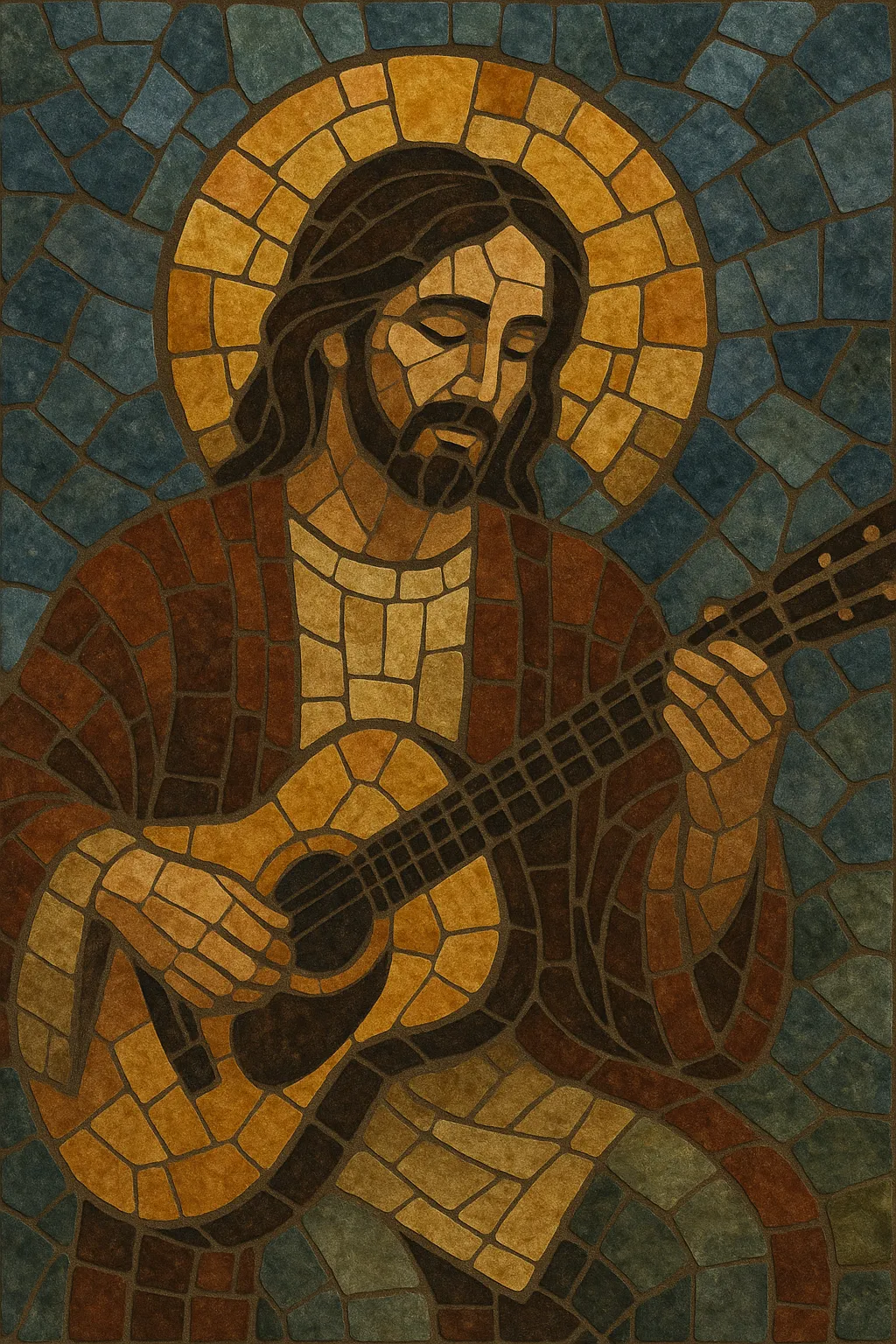
Jesus music is the grassroots, folk‑rock oriented precursor to contemporary Christian music that emerged out of the late‑1960s Jesus Movement in the United States.
It blends the sound and songcraft of folk, rock, soft rock, and country rock with explicitly Christian, testimonial lyrics meant to communicate faith in everyday language.
Arrangements are typically simple and intimate—acoustic guitars, gentle rhythm sections, close harmonies—and choruses are often designed for congregational singing.
Stylistically earnest and evangelistic, Jesus music prioritized message over virtuosity, favoring direct storytelling, scripture paraphrase, and personal conversion narratives.
Jesus music arose within the broader countercultural Jesus Movement, particularly along the U.S. West Coast, as young converts used the folk and rock idioms they already knew to express their new faith. Coffeehouses, house churches, and informal gatherings replaced traditional stages, and simple amplification, acoustic guitars, and harmony vocals became the sonic signature.
Through the early to mid‑1970s, artists like Larry Norman, Love Song, and Andraé Crouch connected rock, folk, gospel, and country rock with explicitly Christian themes. Independent ministries, small labels, and church‑based imprints (e.g., Maranatha!) recorded and circulated albums and songbooks. The music retained a testimonial focus—conversion stories, scripture paraphrases, and personal devotion—while adopting radio‑friendly structures.
By the late 1970s, the scene’s DIY network began to professionalize. The term "Contemporary Christian Music" (CCM) increasingly replaced "Jesus music" as larger labels, Christian bookstores, and radio infrastructure formed around this repertoire. Artists like Amy Grant and Petra signaled a transition toward polished production and broader stylistic range while maintaining the evangelical core.
Jesus music established the acceptability of modern popular styles in evangelical contexts and created the template for praise choruses, Christian rock, Christian pop, and later worship movements. Its congregational accessibility, lyrical directness, and folk‑rock intimacy continue to shape praise & worship songwriting and CCM aesthetics.

